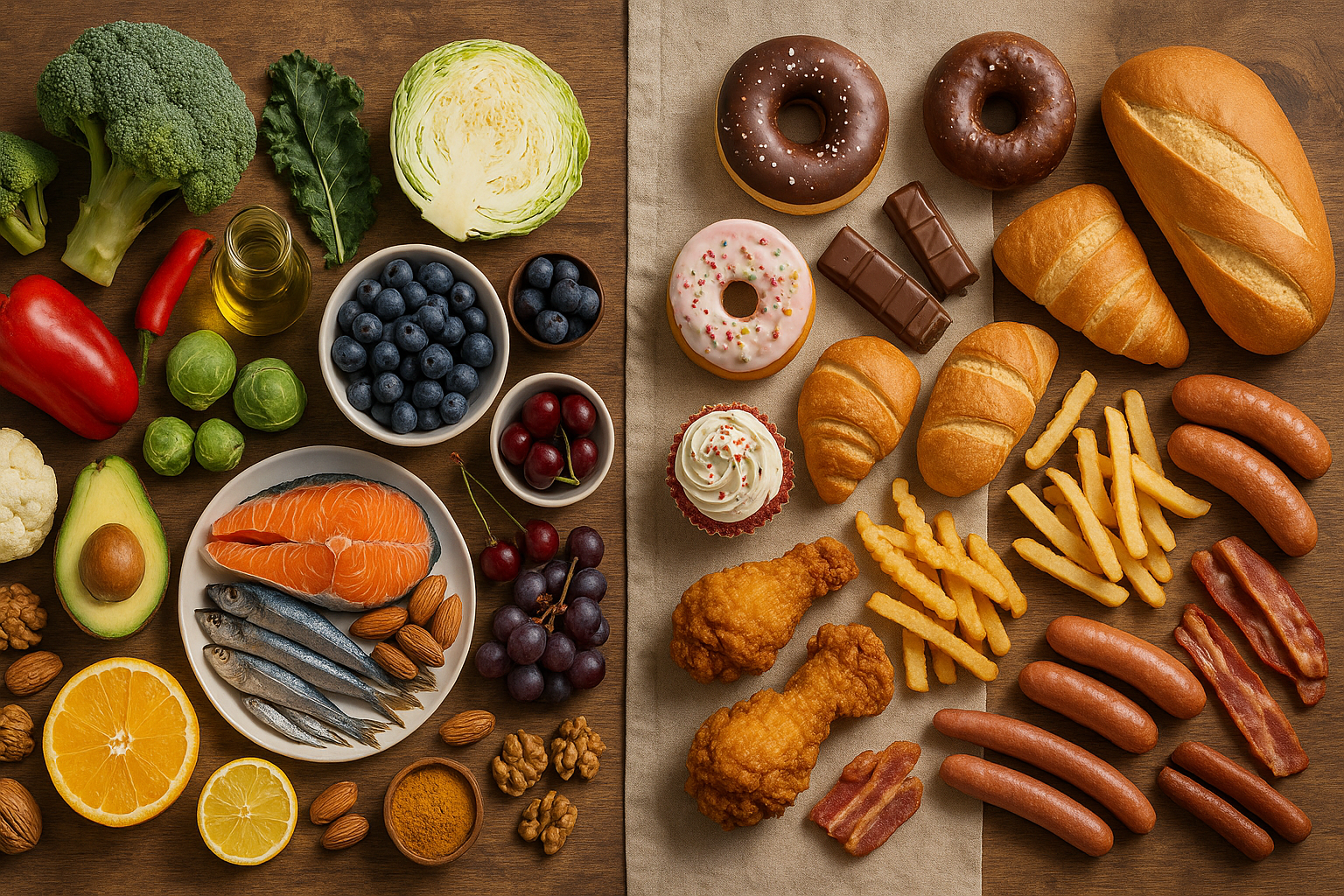Vidya Balan Weight Loss – Diet First, Noise Later
Why This Story Landed Now
Vidya Balan has been open about her body for years. Then came a leaner look and a frank admission: the change came from food, not the gym. She said her long fight with weight was misread – much of it was “inflammation”, not fat – and that a Chennai nutrition team helped her reset. The internet did the rest.
What She Actually Said

In late 2024 interviews, Vidya explained she met a group called Amura in Chennai. Their view: calm the inflammation first. She cut foods that didn’t suit her, followed an elimination-style plan, and – her words – didn’t work out that year. She credits the shift to that process, not punishing training or crash diets. Honestly, that’s rare in celebrity talk.
In those on-record clips and mainstream write-ups she did not state kilograms or pounds herself. Coverage focused on the method and the “inflammation, not fat” idea, plus the temporary pause on exercise. Some outlets later put a figure on it. One widely shared piece claimed she lost “around 10 kg” with the diet and zero exercise. Treat that as a media estimate – not a direct quote – because she hasn’t confirmed a precise total publicly. Honestly, that matters. If a number isn’t from the person herself or from a clinical context, you hold it lightly.
The Inflammation Angle – No Magic, Just Pattern
“Anti-inflammatory diet” sounds mystical. It isn’t. Mainstream guides boil it down to whole foods, plenty of plants, olive oil, nuts, and fatty fish. Fewer ultra-processed hits. Fewer added sugars. Think Mediterranean-leaning plates rather than detox rituals. Possibly dull on paper – effective in practice.
What to Put on the Plate
Let’s keep it practical. Here’s a clear, credible list you can use today.
Foods to embrace:
- Vegetables – broccoli, kale, peppers, Brussels sprouts, cabbage, cauliflower.
- Deep-coloured fruit – blueberries, cherries, grapes, pomegranate, citrus.
- Healthy fats – olive oil, avocado, olives.
- Fatty fish – salmon, sardines, mackerel, herring, anchovies.
- Nuts, seeds, spices – almonds, walnuts, turmeric, cinnamon.
What to dial down:
- Ultra-processed snacks and sweets – fast calories, little upside.
- Refined grains in bulk – white breads, pastries.
- Deep-fried foods and processed meats – more palatable energy than you think.

Did She Really Stop Working Out?
She said so – “first year I haven’t worked out”. I don’t recommend that as a general rule. Exercise protects mood, muscle, and long-term health. But her team tested food triggers first and paused training while doing it. Her case, her context. If you’re tempted to copy-paste, talk to a professional.
How This Fits with Evidence
Anti-inflammatory eating patterns are well described. They focus on antioxidants, fibre, omega-3 fats, and fewer refined products. That can lower inflammatory markers and often makes a calorie deficit easier without counting every bite. You feel steadier. You snack less. Weight may follow. It’s not a miracle – it’s a nudge built into everyday food.
My Read on the “Inflammation, Not Fat” Line
The line is provocative. Strictly, inflammation isn’t body fat. But inflammation can drive water retention, appetite signals, and fatigue that push weight up. When you remove certain foods and improve diet quality, bloat falls and energy rises. That’s a visible shift. Possibly that’s most of the early change. The rest is consistency.
What You Can Borrow – Without the Hype
This isn’t a celebrity blueprint. It’s a set of levers you can pull.
Six simple levers:
- Veg at two meals – half the plate if you can.
- Protein each meal – fish, eggs, pulses, yoghurt.
- Olive oil as your default fat – measure it; “healthy” still has calories.
- Whole grains over refined – oats, brown rice, whole-wheat.
- Spices on everything – turmeric, pepper, herbs.
- Sleep 7–8 hours – appetite hormones care about sleep.
Two guardrails:
- Don’t ditch training long-term unless a clinician tells you to – movement is non-negotiable for health.
- If you suspect intolerances, test with a registered dietitian; DIY elimination can spiral into needless restriction.
Honest Limits
A transformation story isn’t a clinical trial. “Anti-inflammatory” isn’t a single, regulated protocol. Results vary. If your overall intake still overshoots your needs, you won’t lose weight on olives and salmon either. I’m not here to scold – just to keep the physics in view. Food quality helps you keep a small, steady deficit. That’s the point.
A One-Week Frame You Can Actually Follow
- Breakfast – oats with blueberries and walnuts; or eggs with tomatoes and spinach.
- Lunch – chickpea and pepper salad with olive oil and lemon; or grilled sardines on whole-wheat toast.
- Dinner – salmon with broccoli and brown rice; or dal with cabbage stir-fry.
- Snacks – fruit, plain yoghurt, a small handful of nuts; tea or water.
It’s simple, repeatable, and – crucially – not joyless.
Bottom Line
Vidya Balan’s shift put food at the centre and framed weight through the lens of inflammation. I like the honesty. I also think we should keep our feet on the ground. Eat closer to how your grandparents cooked, cut the ultra-processed noise, use olive oil, and keep protein steady. Possibly you’ll feel lighter in a fortnight. Keep going for months and the scale may follow. The internet loves a before-after. Real life loves a routine.
